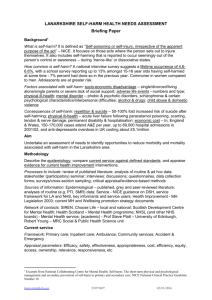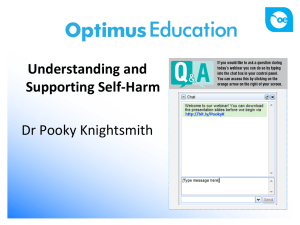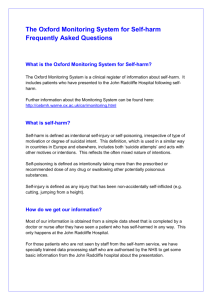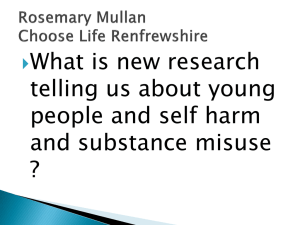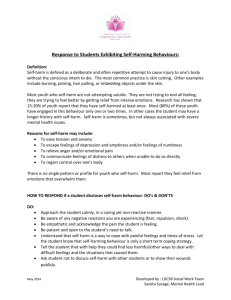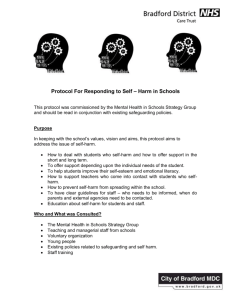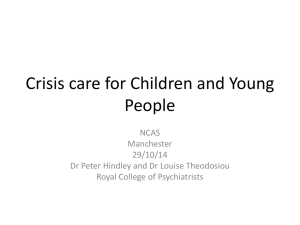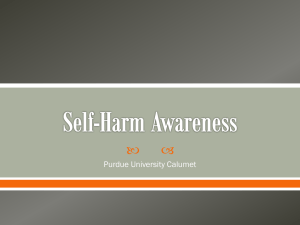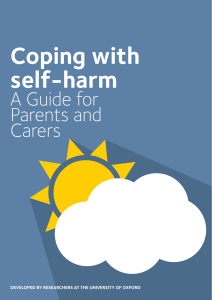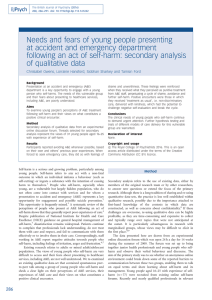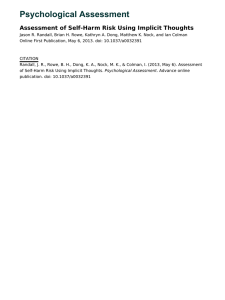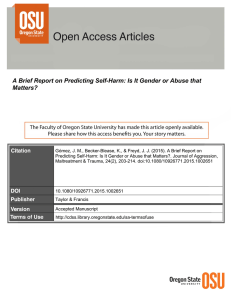PPTX
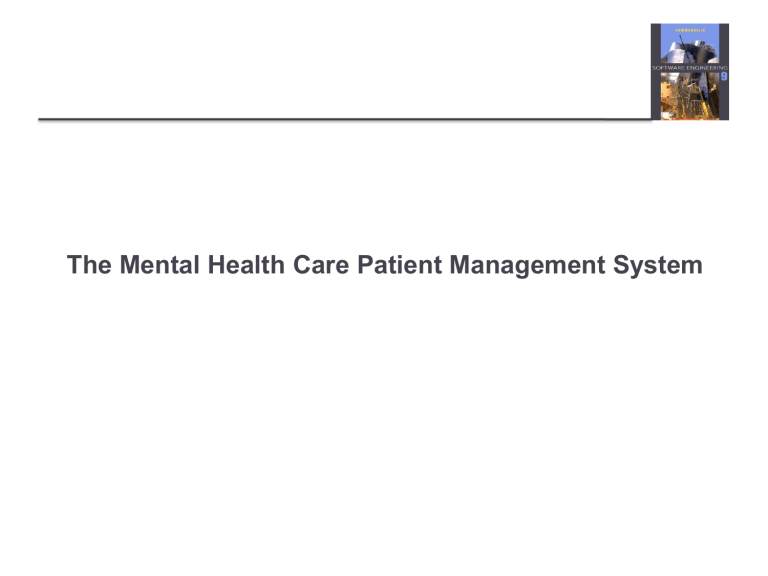
The Mental Health Care Patient Management System
The MHCPMS
This system (not its real name but a real system) is a generic medical information system that is configured for use in different regional health trusts
It supports the management of patients suffering from mental health problems and provides information on their treatment to health service managers
System goals
To provide management information that allows health service managers to assess performance against local and government targets
To provide medical staff with timely information to facilitate the treatment of patients
Mental health care
Patients do not always attend the same clinic but may attend in different hospitals and local health centres
Patients may be confused and disorganised, miss appointments, deliberately or accidentally lose medication, forget instructions and make unreasonable demands on staff
Mental health care is safety-critical as a small number of patients may be a danger to themselves and others
Concerns
Are issues that an organisation must pay attention to and that are systemic ie they apply to the system as a whole
They are cross-cutting issues that may affect all system stakeholders
Help bridge the gap between organisational goals and system requirements
May exist at a number of levels so may be decomposed into more specific sub-concerns
Concerns
Security
Operators
The organisation
Society
Software and hardware
Cost
Safety
Concerns in the MHCPMS
We have identified the principal concerns in the
MHCPMS as:
Safety - the system should help reduce the number of occasions where patients cause harm to themselves and others
Privacy - patient privacy must be maintained according to the provisions of the Data Protection Act and local ethical guidelines
Information quality - the information maintained by the system must be accurate and up-to date
Operational costs - the operational costs of the system must be
‘reasonable’
Concern decomposition
Concerns are decomposed into sub-concerns:
Information quality
Information integrity
Information accuracy
Information timeliness
The safety concern
Safety
Patient safety
Staff safety
Public safety
Mental Health Act
Accidental self-harm
Deliberate self-harm
Incorrect treatment
Adverse reaction to medication
From concerns to questions
A problem that I find with hazard analysis is the
‘requirements gap’. You identify the hazards and possible root causes but there is no method for going from there to requirements
To address this, we proposed that, after sub-concerns are identified, you should then explicitly identify questions and sub-questions associated with each concern
Answers to these questions come from system stakeholders and help generate system requirements
Generic questions
What information relates to the sub-concern being considered?
Who requires the information and when do they require it?
How is the information delivered?
What constraints does the (sub) concern impose?
What are the consequences of failing to deliver this information?
Deliberate self-harm sub-concern
Information about previous history of self-harm or threats of self-harm
Medical staff during consultations. Relatives and carers
Can be delivered to medical staff directly through the system. Delivered to relatives and carers through a message from the clinic
No obvious constraints imposed
Failing to deliver may mean an incident of preventable self-harm occurs
Concern-cross checking
A generic problem in complex systems is requirements conflicts where different system requirements are mutually contradictory
In my view, separating safety analysis in the RE process increases the likelihood of conflict and the costs of resolving that conflict
Concerns partially address this problem as it allows cross-checking at a higher level of abstraction than the requirements themselves
Concern comparison
Concerns should be compared in pairs to assess the likelihood of of potential conflicts
Safety and information quality
Conflicts only likely if the requirements allow erroneous or out of date information to be maintained in the system
Safety and privacy
Privacy may impose limits on what information can be shared and who can access that information. Requirements on information sharing and access should be checked
Safety and operational costs
Operational processes that require extensive staff time may be problematic
Requirements derivation
Requirements are derived from the answers to the questions associated with concerns.
However, there is not a simple 1:1 relationship between answers and requirements
By using answers to questions, the problem of stakeholders suggesting requirements that are too specific is reduced
MHCPMS requirements
The system shall provide fields in each patient record that allow details of incidents or threats of deliberate selfharm to be maintained
The records of patients with a record of deliberate selfharm shall be highlighted to bring them to the attention of clinical system users
The system shall only permit the transmission of personal patient information to accredited staff and to the patient themselves

